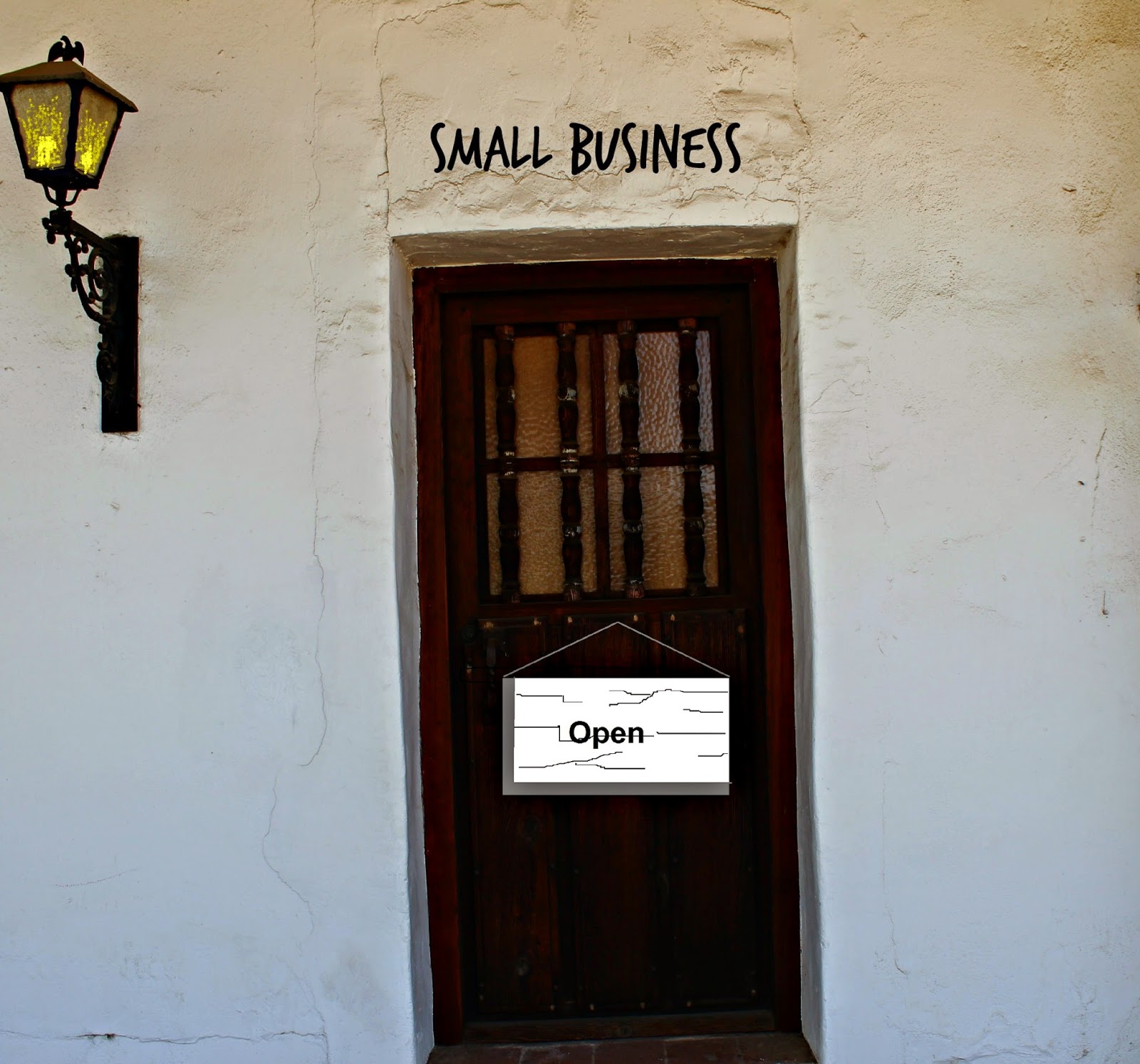Driving
traffic to a website is a process of learning and experimentation. The
marketing industry is always changing and even though online advertising is
starting to take preference there is plenty of room for those who know how to
advertise online in short order. For small businesses that don’t have oodles of
dollars to market their products then knowing how to market your business on a
shoestring becomes important.
Pinging was
once a great way to attract new visitors before there was hundreds of millions
of websites. It still holds some benefits for letting search engines,
aggregators and other auto update functions to know that you have updated your
site. Pinging notifies these services to come and crawl your website to index
your site faster.
The downside
to pinging is that it takes effort to ping the services every time you update
your page or site. I wouldn’t necessarily suggest it either. If you update
regularly try pinging once every 1-3 days but don’t go too far beyond this. It
will help in avoiding being dropped by servers and search engines as spam.
There are
advantages to pinging your website for greater exposure in unison with other
methods. Using different avenues to reach your customers has an advantage in
drawing interested visitors (Laroche, et. al. 2013). Using ping services in
addition to other pathways such as directory submissions, Google AdWords, and
Forum engagement to reach target search markets is beneficial.
Some of the
best pinging free services I found.
Laroche, M. et. al. (2013). Effects
of multi-channel marketing on consumers’ online behavior: the power of multiple
points of connection. Journal of
Advertising Research, 53 (4).



